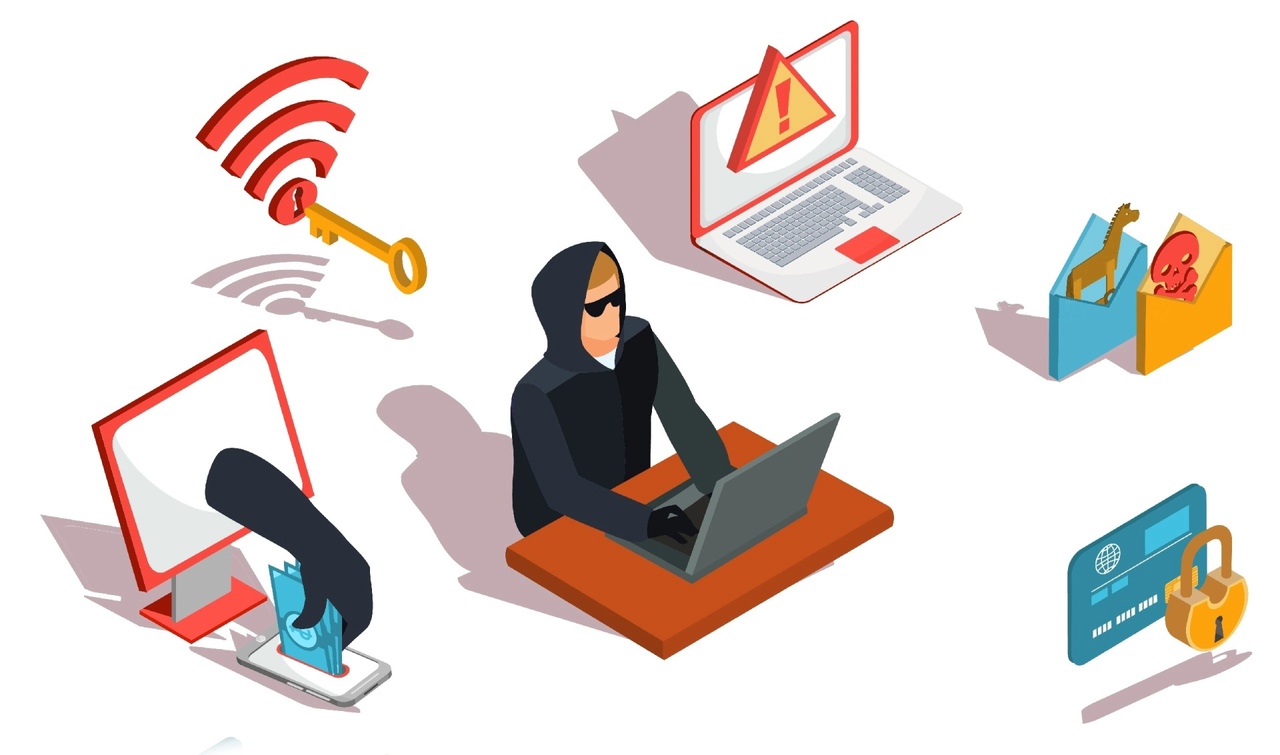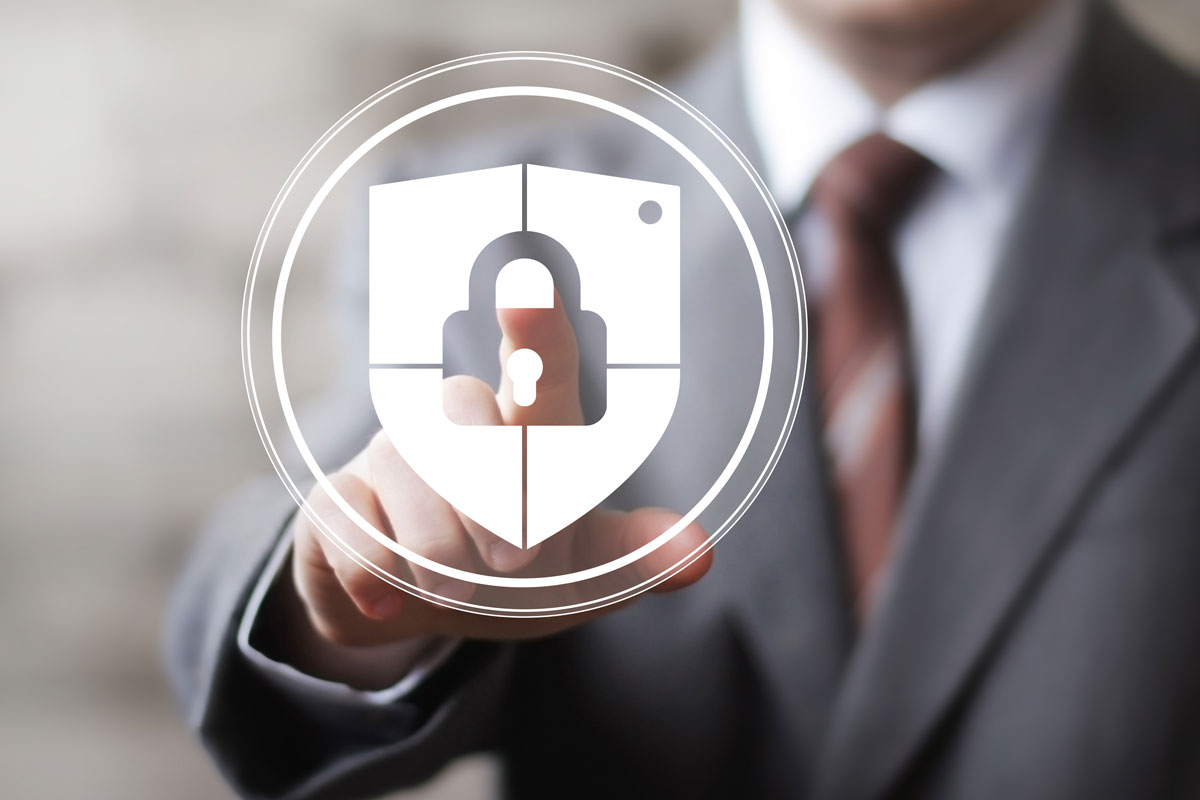In today’s dynamic landscape, organizations encounter a myriad of challenges that stem from deceptive behaviors and practices. As technology evolves, so too do the tactics employed by those seeking to exploit systems and undermine integrity. Addressing these issues requires a comprehensive approach that goes beyond mere detection; it encompasses strategies aimed at prevention, mitigation, and recovery.
Proactively safeguarding assets and reputation necessitates a deep dive into various methodologies and frameworks. Companies must cultivate a culture of vigilance, empowering employees at all levels to recognize and report suspicious activities. This is not just a matter of compliance, but a fundamental aspect of sustaining long-term success and trust.
Implementing a structured approach in addressing deceptive activities involves analysis, evaluation, and refinement of processes. By fostering an environment where awareness and responsibility are prioritized, organizations can effectively reduce vulnerabilities and enhance their resilience against potential threats.
Defining Fraud Risk Management Principles
Establishing a robust framework for identifying, assessing, and mitigating deceptive practices is crucial in any organization. A comprehensive approach allows entities to safeguard assets, maintain integrity, and uphold stakeholder trust. Commitment to certain guiding concepts forms the foundation of a strong defense against potential financial misconduct.
Core Concepts of Deceptive Practice Prevention
Developing a deep understanding of the environment in which one operates is essential. This encompasses recognizing vulnerabilities, monitoring activities, and analyzing incidents that may indicate fraudulent behavior. By fostering a culture of transparency and accountability, organizations can markedly reduce opportunities for illicit actions.
Implementing Effective Strategies
Utilizing advanced analytical methods and interdisciplinary collaboration enhances detection capabilities. Organizations ought to establish clear protocols to respond swiftly and effectively to any anomalies. Education and training programs empower employees to recognize suspicious activities and encourage reporting mechanisms that promote ethical conduct within the workplace.
Continuous evaluation of tactics enables a proactive stance. Adapting to emerging trends and threats ensures that preventative measures remain relevant and effective. Incorporating feedback loops within the framework also aids in refining approaches, ultimately contributing to a culture that prioritizes vigilance against deceptive practices.
Identifying Different Types of Fraud
Recognizing various forms of deceit is essential for safeguarding assets and ensuring integrity within any organization. Each category of dishonesty possesses unique characteristics, motives, and methods that necessitate specific approaches for detection and prevention. It is crucial to develop a comprehensive understanding of these distinctions to effectively combat unjust practices.
Common classifications often include financial manipulation, identity theft, and cyber-related offenses. Financial manipulation frequently involves the alteration of financial records to misrepresent a company’s profitability or solvency. Identity theft arises when personal information is unlawfully obtained for fraudulent purposes, often leading to significant losses for individuals. Meanwhile, cyber-related offenses encompass a range of activities including hacking and phishing, targeting confidential data for malicious gain.
Additionally, operational fraud may occur within organizations, where employees exploit internal processes to benefit personally. Examples include expense report falsifications or procurement scams. Each instance highlights the importance of vigilance and proactive measures in identifying potential irregularities.
By acknowledging and differentiating between these various types of deceitful acts, entities can implement tailored strategies that mitigate exposures and reinforce ethical practices within their operations.
Key Components of an Effective Strategy
Developing a robust approach to prevent deceitful activities requires a comprehensive framework that integrates various essential elements. Each component plays a critical role in creating a cohesive plan, ensuring protection against possible threats while fostering a culture of integrity within the organization.
Risk Assessment: Regularly evaluating vulnerabilities within processes and systems allows entities to identify potential areas where illicit activities might occur. This process is foundational in prioritizing resources effectively and focusing efforts where they are most needed.
Preventative Measures: Implementing strict protocols and controls can significantly reduce susceptibility to dishonest behavior. This includes training employees, enforcing compliance, and enhancing surveillance mechanisms to deter potential offenders.
Monitoring and Detection: Establishing continuous oversight helps in promptly identifying irregularities. Effective monitoring tools and techniques are vital to capture any suspicious activity that could indicate malicious intent.
Response Planning: Crafting a clear response strategy is crucial for addressing incidents when they arise. Having a predefined plan helps in mitigating damage, ensuring swift action, and communicating effectively with stakeholders.
Cultural Awareness: Promoting a culture that values transparency and ethical conduct contributes to a more resilient environment. Encouraging open communication and reporting of unethical behavior empowers employees and fosters trust.
Incorporating these components into a cohesive strategy enhances defenses against deceptive practices, ultimately safeguarding both resources and reputation.
Tools for Assessing Fraud Risks
Identifying potential threats in financial environments requires the right instruments and methodologies. Various approaches allow organizations to gain insights into vulnerabilities and mitigate potential harm. Utilizing these tools effectively can significantly enhance an entity’s capacity to safeguard its resources.
Data Analytics Platforms
One of the most powerful instruments available for evaluation involves data analytics. These platforms analyze patterns and anomalies within vast datasets, enabling companies to spot unusual behavior that may indicate dishonesty. By applying machine learning and statistical techniques, organizations can refine their detection processes and respond to emerging challenges proactively.
Risk Assessment Frameworks
Structured methodologies for evaluating potential threats offer a systematic approach to identifying weaknesses. By implementing specific frameworks, businesses can categorize their vulnerabilities, prioritize their responses, and allocate resources effectively. These frameworks serve as a roadmap, guiding organizations through the assessment process and enhancing their preventative measures.
The Role of Technology in Prevention
In today’s digital landscape, advanced tools have become indispensable allies in combating deceptive practices. Their capacity to analyze vast amounts of data and identify anomalies empowers organizations to act swiftly, effectively reducing potential damages. Moreover, these innovations enhance transparency and foster trust among stakeholders, which is crucial for safeguarding interests.
Various technological solutions play key roles in detecting irregularities. Below is a table outlining some of these technologies and their applications:
| Technology | Application |
|---|---|
| Machine Learning | Identifying patterns in transaction data to flag unusual activities. |
| Blockchain | Ensuring data integrity and transparency through decentralized ledgers. |
| Data Analytics | Analyzing historical data to predict future trends and potential threats. |
| Artificial Intelligence | Automating risk assessment processes to enhance decision-making. |
Implementing these technologies not only aids in early detection but also streamlines processes to prevent occurrences effectively. As a result, organizations can focus on more strategic initiatives while minimizing vulnerabilities to harmful actions.
Building a Culture of Integrity
Fostering an environment where honesty and ethical behavior are paramount is essential for any organization. When a workplace promotes transparency and accountability, it strengthens employee loyalty and creates a foundation for trust. This cultural approach not only enhances performance but also diminishes the likelihood of unethical practices occurring within an organization.
Key components of this culture include clear communication of values, consistent reinforcement of ethical standards, and leadership commitment. When leaders demonstrate integrity in their actions and decision-making, they set a powerful example for others to follow. Moreover, providing training and resources that empower employees to speak up about concerns encourages a proactive stance against dishonest conduct.
Additionally, recognizing and rewarding ethical behavior can further embed these principles into the organization’s fabric. It is crucial for employees to see that integrity is celebrated and aligns with career advancement. This approach creates a ripple effect, where ethical behavior becomes the norm rather than the exception.
In summary, cultivating a culture centered on integrity requires ongoing effort and engagement from all levels of an organization. By prioritizing values and fostering an environment that discourages wrongdoing, organizations can thrive and maintain a positive reputation in their industry.
Q&A: The fundamentals of fraud risk
What is fraud risk management and why is it important?
Fraud risk management refers to the systematic approach organizations take to identify, assess, and mitigate the risk of fraud. It is important because fraud can lead to significant financial losses, damage to reputation, and legal repercussions. By implementing an effective fraud risk management framework, organizations can protect their assets, ensure compliance with regulations, and maintain stakeholder trust. A robust approach helps in early detection of fraudulent activities and in reducing their occurrence by addressing vulnerabilities in processes and controls.
What are the key components of a fraud risk management program?
A comprehensive fraud risk management program generally includes several key components: first, risk assessment, which involves identifying and analyzing potential fraud risks specific to the organization. Second, control measures should be established to prevent and detect fraud, including employee training and awareness programs. Third, continuous monitoring and auditing processes help in tracking the efficacy of these controls. Finally, establishing a clear response plan is essential for addressing incidents of fraud as they arise, ensuring a swift and effective resolution. Each component plays a crucial role in creating a proactive and resilient fraud risk management strategy.
How can organizations effectively assess their fraud risk?
Organizations can effectively assess their fraud risk by conducting a thorough risk assessment process that includes the following steps: Firstly, identifying potential fraud schemes relevant to their operational and industry context. This involves engaging various stakeholders, including employees at different levels, to gather insights into potential vulnerabilities. Secondly, analyzing the likelihood and impact of each identified risk, which can be achieved through surveys, interviews, and review of historical fraud data. Thirdly, prioritizing the risks based on their severity and likelihood helps organizations focus their resources on high-risk areas. This comprehensive approach ensures that organizations have a clear picture of their fraud risk landscape, enabling more informed decision-making for implementing controls.
What role does technology play in fraud risk management?
Technology plays a pivotal role in fraud risk management by enhancing the capabilities of organizations to detect and prevent fraud more effectively. Advanced technologies like artificial intelligence and machine learning can analyze large volumes of transactions in real-time to flag unusual patterns indicative of fraud. Data analytics tools allow organizations to perform complex data examinations and generate insights that help in identifying vulnerable areas. Additionally, automation of compliance processes reduces human error and helps maintain consistent oversight. By integrating technology into their fraud risk management strategies, organizations can streamline their efforts, improve their response times, and ultimately reduce the risk of fraud.
What should an organization do if it suspects fraud?
If an organization suspects fraud, it should take immediate and systematic steps to address the situation. First, it should ensure that the allegation of fraud is kept confidential and that any discussions are limited to involved personnel only. Next, the organization should activate its fraud response plan, which should outline the procedures for conducting an investigation. This involves gathering relevant data and evidence while maintaining a chain of custody. It is essential to engage a trained investigative team or forensic auditors who can assess the situation without bias. Additionally, organizations should ensure they comply with legal requirements and regulatory standards throughout the process. After the investigation is concluded, it is crucial to communicate findings appropriately with stakeholders and take corrective actions to prevent future occurrences of fraud.
What are the key components of an effective fraud risk management program?
An effective fraud risk management program typically includes several key components: 1) Risk Assessment: Regularly identifying and analyzing potential fraud risks within the organization. 2) Controls: Implementing preventive measures such as segregation of duties, approval processes, and monitoring systems to deter fraud. 3) Reporting Mechanisms: Establishing confidential channels for employees and other stakeholders to report suspicious activities. 4) Training: Conducting regular employee training on recognizing and preventing fraud. 5) Continuous Monitoring: Utilizing data analytics and forensic accounting to monitor transactions and identify anomalous patterns. 6) Response Plan: Developing a clear procedure for responding to fraud incidents, including communication strategies and investigative protocols. These components work together to create a robust framework for minimizing fraud risks.
How can organizations effectively assess their fraud risk exposure?
Organizations can effectively assess their fraud risk exposure through a systematic approach: 1) Identify Critical Areas: Begin by identifying areas within the organization that are most susceptible to fraud, such as financial transactions, vendor relationships, or customer interactions. 2) Conduct Risk Assessments: Utilize surveys, interviews, and data analysis to evaluate the likelihood and impact of fraud in these critical areas. 3) Analyze Internal Controls: Review existing internal controls to determine their effectiveness in mitigating identified risks. 4) Engage Employees: Involve employees at all levels to gain insights into potential fraud risks and vulnerabilities they observe in their day-to-day activities. 5) Benchmarking: Compare findings with industry standards and best practices to identify gaps and weaknesses in the current fraud risk management framework. 6) Regular Updates: Fraud risk environments evolve, so organizations should regularly reassess their risk exposure and adjust their strategies accordingly. By following these steps, organizations can gain a clearer understanding of their fraud risk landscape and implement proactive measures to address vulnerabilities.
What is the best way to manage fraud risk in an organization?
The best way to manage fraud risk in an organization is by implementing a robust fraud risk management strategy that includes regular fraud risk assessments, monitoring of internal and external fraud indicators, and continuous training for employees on fraud prevention. Organizations need to update their risk assessment regularly to stay ahead of new fraud risks, and they should also establish clear protocols for responding if fraud does occur, such as conducting internal investigations and taking legal action if necessary.
How does the Association of Certified Fraud Examiners help organizations with fraud prevention?
The Association of Certified Fraud Examiners (ACFE) provides organizations with resources and guidance on fraud prevention, fraud detection, and fraud risk assessment. They offer training and certification for fraud examiners, helping businesses boost the effectiveness of their fraud prevention efforts. According to the Association of Certified Fraud Examiners, regular fraud risk assessments and robust internal controls are essential to minimize the risk of fraud within an organization.
What are the key fraud risk factors that organizations need to monitor?
Organizations need to monitor several key fraud risk factors, including changes in financial behavior, unusual transactions, internal control weaknesses, and external threats such as cyberattacks and data breaches. Internal fraud, such as employee fraud, can be harder to detect, so regular audits and checks are crucial. External auditors also play a significant role in identifying these risk factors and helping organizations prevent fraud before it escalates.
Why is it important to update a fraud risk assessment regularly?
Updating a fraud risk assessment regularly is crucial because fraud risks are constantly evolving, with new fraud trends and techniques emerging. Regular updates allow organizations to identify potential fraud signals earlier and adapt their fraud risk management efforts to address emerging risks. Fraud prevention tip: conducting a fraud risk assessment is not a one-time event; it must be continuously revised to reflect the current fraud landscape.
How can fraud detection help in managing fraud risk in an organization?
Fraud detection plays a vital role in managing fraud risk by identifying suspicious activities or behaviors that may indicate fraud. Early detection can help prevent significant financial losses and legal action against the organization. Effective fraud detection includes using advanced fraud detection software, conducting audits, and training employees to recognize and report signals of potential fraud, such as identity fraud or wire fraud. Fraud detection measures should be part of a broader fraud prevention strategy.



